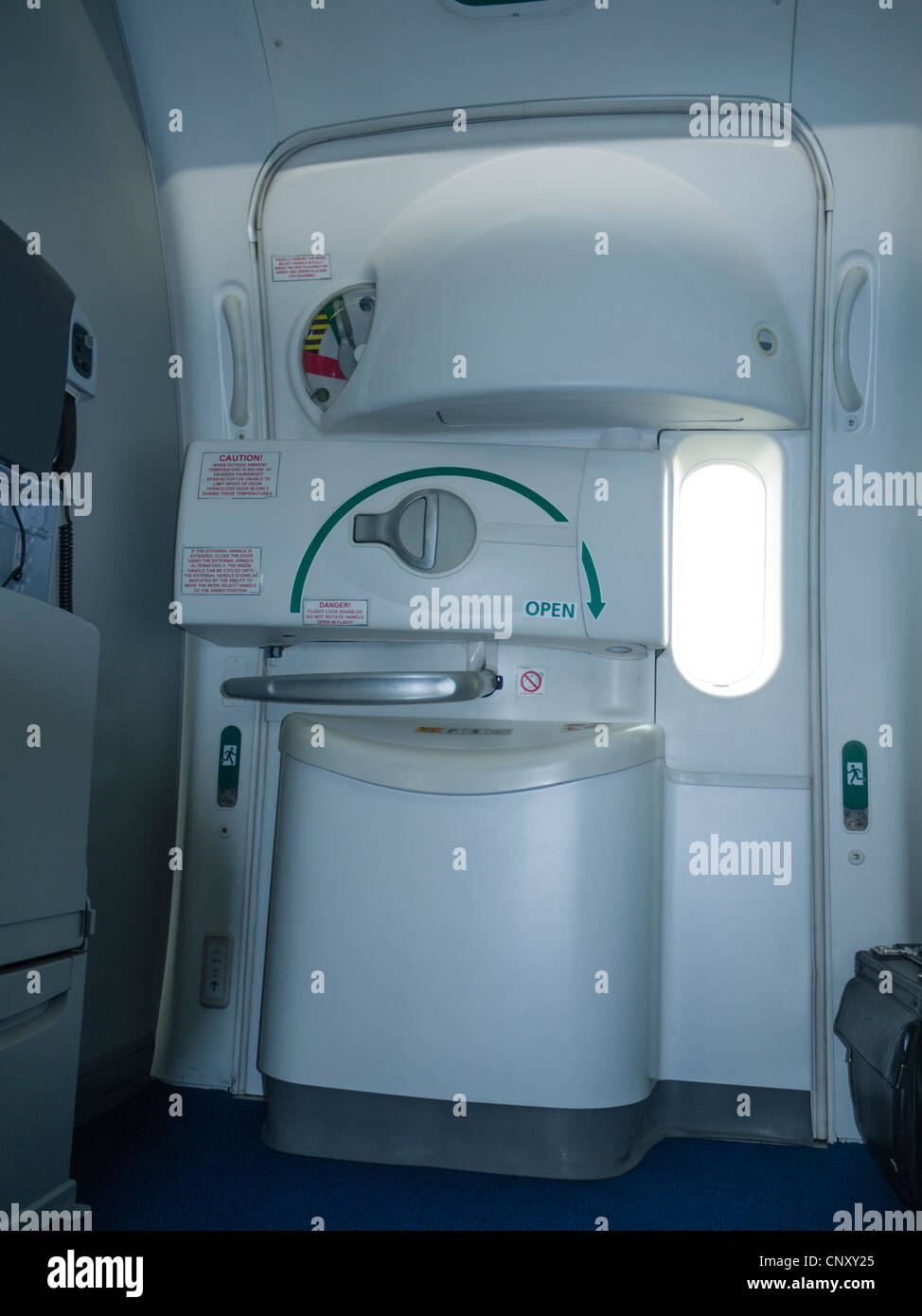
The first of six -100 prototypes rolled out in December 1966, and made its maiden flight on 9 April 1967 piloted by Brien Wygle and Lew Wallick. After rolling out the aircraft, Boeing tests the systems and engines before its maiden flight to Boeing Field, where it is painted and fine tuned before delivery to the customer. The fuselage is joined with the wings and landing gear, then moves down the assembly line for the engines, avionics and interiors. A significant portion of the fuselage assembly is in Wichita, Kansas previously by Boeing but now by Spirit AeroSystems, which purchased some of Boeing's assets in Wichita. After 271 aircraft, production was moved to Renton in late 1970. The initial assembly of the 737 was adjacent to Boeing Field (now officially called King County International Airport) because the factory in Renton was at capacity building the 707 and 727. With the wing-mounted engines, Boeing decided to mount the elevator on the fuselage rather than the T-tail style of the Boeing 727. The engine chosen was the Pratt & Whitney JT8D-1 low-bypass ratio turbofan engine. The placement of this weight below the center of the aircraft also reduced stresses on the airframe, which allowed for a lighter wing, and kept the aircraft low to the ground for easy ramp operations. As a result, engineers decided to mount the nacelles directly to the underside of the wings. This fuselage permitted six-abreast seating compared to the rival 1-11 and DC-9's five-abreast layout, but the widened cross-section and short fuselage complicated the aerodynamics of the aft-mounted engines common with airliners of the time. To expedite development, Boeing reused 60% of the structure and systems of the existing 727, most notably the fuselage cross section. Boeing was far behind its competitors when the 737 was launched, as rival aircraft BAC 1-11, Douglas DC-9, and Fokker F28 were already into flight certification. ĭetailed design work continued on both variants at the same time. The longer version was designated 737-200, with the original short body aircraft becoming the 737-100. United wanted a slightly larger airplane than the original design therefore, Boeing stretched the fuselage an extra 91 cm (36 in) ahead of, and 102 cm (40 in) behind the wing. On 5 April 1965, Boeing announced an order by United Airlines for 40 737s.

Consultation with Lufthansa over the previous winter resulted in an increase in capacity to 100 seats. Lufthansa became the launch customer on 19 February 1965, with an order of 21 aircraft, worth $67 million (1965, $190.28 million in 2008), after the airline reportedly received assurances from Boeing that the 737 project would not be cancelled. Preliminary design work began on, and Boeing's intense market research yielded plans for a 50 to 60 passenger plane for routes 50 to 1,000 mi (80 to 1,609 km) long. īoeing had been studying short-haul jet aircraft designs and wanted to produce another aircraft to supplement the 727 on short and thin routes. There are over 1,250 737s airborne at any given time, with one departing or landing somewhere every five seconds on average. The 737 has been continuously manufactured by Boeing since 1967 with over 8,000 ordered and over 5,800 delivered as of 2008. It is Boeing's last narrow-body airliner currently in production, sometimes serving markets previously filled by 707, 727, 757, DC-9 and MD-80/90 airliners. Forty years later it has become the most ordered and produced commercial passenger jet in the world.

The lengthened 737-200 entered service in April 1968, and evolved through four generations, offering several variants for 85 to 215 passengers.įirst envisioned in 1964, the 737 entered service in 1968. Envisioned in 1964, the initial 737-100 made its first flight in April 1967 and entered service in February 1968 with Lufthansa. Developed to supplement the Boeing 727 on short and thin routes, the twinjet retains the 707 fuselage width and six abreast seating with two underwing turbofans.

The Boeing 737 is a short to medium range, single aisle, narrow body airliner.


 0 kommentar(er)
0 kommentar(er)
